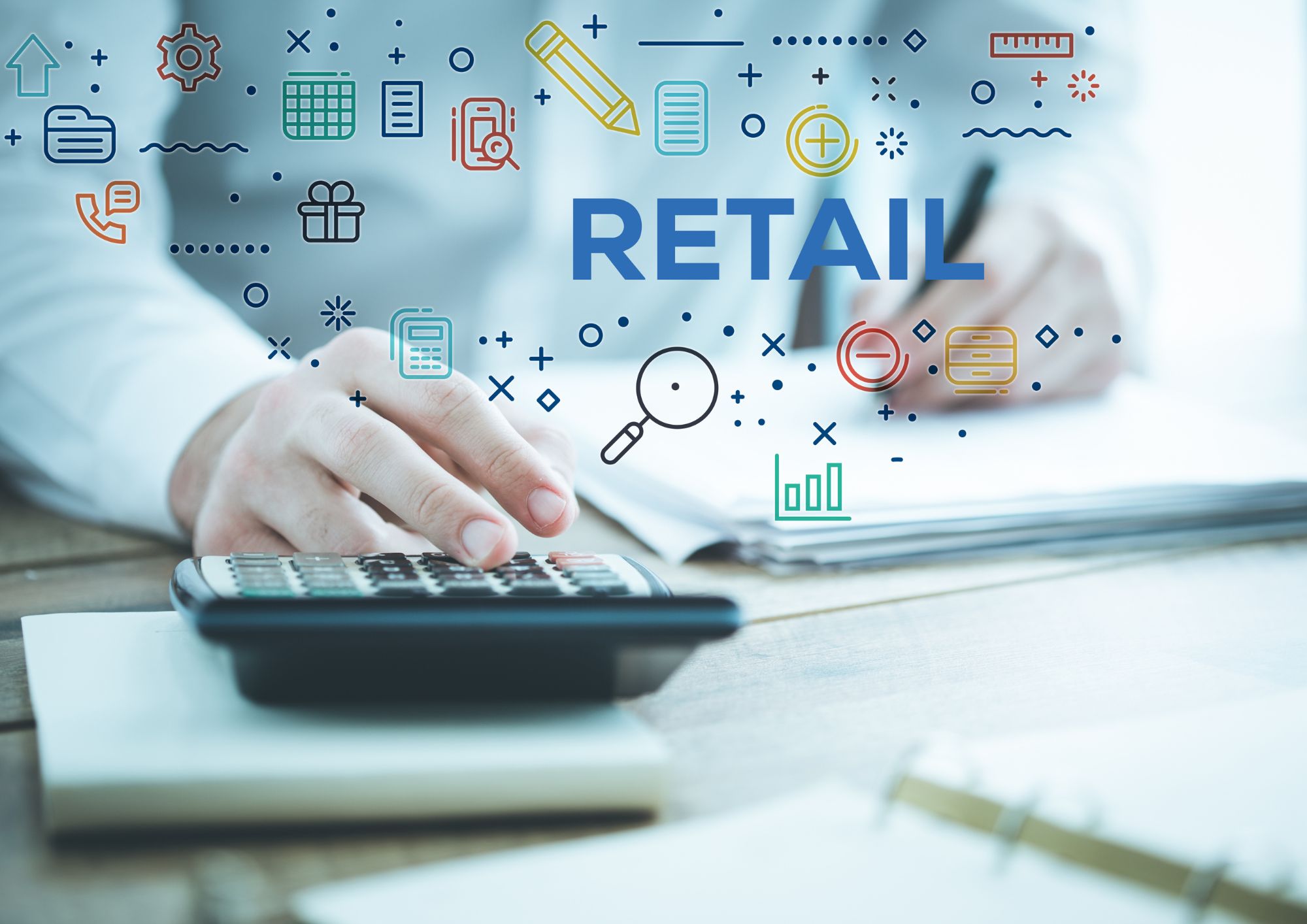The retail landscape has evolved significantly over the past decade, with the integration of artificial intelligence (AI) playing a pivotal role in shaping the future of the industry.
AI in retail has opened up new opportunities for enhancing the shopping experience, streamlining operations, and providing personalized shopping experiences.
In this article, we’ll delve into the world of AI automation in retail, touching upon automated inventory management and personalized shopping, and showcasing real-life examples, facts, and figures to highlight the potential of these technologies.
AI in Retail: An Overview
The retail industry is no stranger to AI, as many companies are harnessing its power to analyze vast amounts of data, optimize processes, and better understand customer behavior.
From customer service chatbots to AI-driven pricing strategies, AI has made a significant impact on the industry. Some key areas where AI is revolutionizing retail include:
Personalized Shopping
Customers have come to expect personalized experiences when shopping online or in-store.
AI-driven personalization algorithms analyze customer data (like browsing and purchasing history) to deliver tailor-made product recommendations, ensuring a unique and delightful shopping experience.
For example, Amazon’s personalized shopping algorithm suggests items based on users’ search history and previous purchases, resulting in a 35% increase in sales (McKinsey).
Automated Inventory Management
AI-powered inventory management systems are streamlining supply chain operations by analyzing sales data, predicting demand, and optimizing stock levels.
For instance, Walmart has employed automated inventory management to reduce stockouts by 30%, ensuring customers can always find what they need.
Personalizing the Shopping Experience with AI
AI-Driven Product Recommendations
One of the key applications of AI in retail is the generation of personalized product recommendations.
These AI-powered systems analyze customer behavior, preferences, and demographic data to suggest items most likely to appeal to individual shoppers.
For example, Stitch Fix, an online personal styling service, leverages AI to offer a customized selection of clothing and accessories based on users’ personal style and preferences.
Visual Search and Virtual Try-Ons
Visual search engines and virtual try-on technologies are becoming increasingly popular in retail, as they enhance the shopping experience by allowing customers to find and visualize items that match their preferences.
For instance, ASOS, an online fashion retailer, uses visual search technology to let customers upload images of clothing items, which the AI then uses to identify and recommend similar products available on their platform.
Streamlining Operations with Automated Inventory Management
AI-Powered Demand Forecasting
Demand forecasting is a critical component of inventory management, as it helps retailers make informed decisions about stock levels and product availability.
AI-driven demand forecasting tools analyze historical sales data, current market trends, and customer behavior to predict future demand, helping retailers optimize their inventory and reduce costs.
For example, Home Depot has implemented AI-powered demand forecasting to improve the accuracy of their inventory predictions by 50%.
Smart Replenishment and Order Management
By combining AI-driven demand forecasting with automated inventory management, retailers can ensure that they have the right products available when and where their customers need them.
AI-powered order management systems can identify low stock levels and automatically trigger replenishment orders, minimizing stockouts and overstock situations.
For example, British fashion retailer ASOS has adopted an AI-based inventory management system to optimize their stock levels, resulting in a 60% reduction in stockholding costs and a 30% reduction in stockouts (Drapers).
Robotic Warehouse Automation
AI-driven warehouse automation technologies are streamlining order fulfillment processes, improving efficiency and accuracy. Robotics, combined with AI algorithms, are being used to optimize picking and packing processes in warehouses.
For instance, Ocado, a British online supermarket, has implemented a highly automated warehouse system featuring AI-powered robots that can pick and pack orders in as little as five minutes.
Real-Life Examples of AI Automation in Retail
Sephora’s Virtual Artist
Sephora, a leading beauty retailer, has introduced the “Virtual Artist” feature in their mobile app, which allows customers to virtually try on makeup products using AI-powered facial recognition technology.
This feature has significantly enhanced the customer shopping experience, resulting in higher customer engagement and increased sales.
Starbucks’ AI-Powered Personalization
Starbucks has integrated AI into their mobile app, using machine learning algorithms to offer personalized product recommendations, special offers, and rewards based on customers’ preferences and purchasing history.
This AI-driven personalization has led to a 3% increase in revenue per customer (Starbucks).
The Future of AI Automation in Retail
As AI technologies continue to evolve, the potential for further personalization and automation in retail is limitless. Some emerging trends to watch for include:
Voice-Activated Shopping
Voice-assisted shopping, powered by AI voice assistants like Amazon’s Alexa and Google Assistant, is becoming more popular, allowing customers to shop and search for products using voice commands.
AI-Driven Customer Service
AI-powered chatbots and virtual assistants will play an increasingly significant role in customer service, providing instant and personalized support to shoppers.
Hyper-Personalization
Retailers will be able to utilize AI to create even more personalized experiences for customers by analyzing data from various sources, such as social media and IoT devices, to understand individual preferences and deliver truly tailored shopping experiences.
AI automation in retail is transforming the shopping experience by providing personalized product recommendations, enhancing customer engagement, and streamlining inventory management processes.
With AI-driven solutions like automated inventory management and personalized shopping experiences, retailers can create more efficient, customer-centric operations, ultimately driving higher sales and customer satisfaction.
As AI technology continues to advance, the potential for further innovation in retail is boundless, making it an exciting time for both retailers and customers alike.
Thank you for reading our blog, we hope you found the information provided helpful and informative. We invite you to follow and share this blog with your colleagues and friends if you found it useful.
Share your thoughts and ideas in the comments below. To get in touch with us, please send an email to dataspaceconsulting@gmail.com or contactus@dataspacein.com.
You can also visit our website – DataspaceAI


